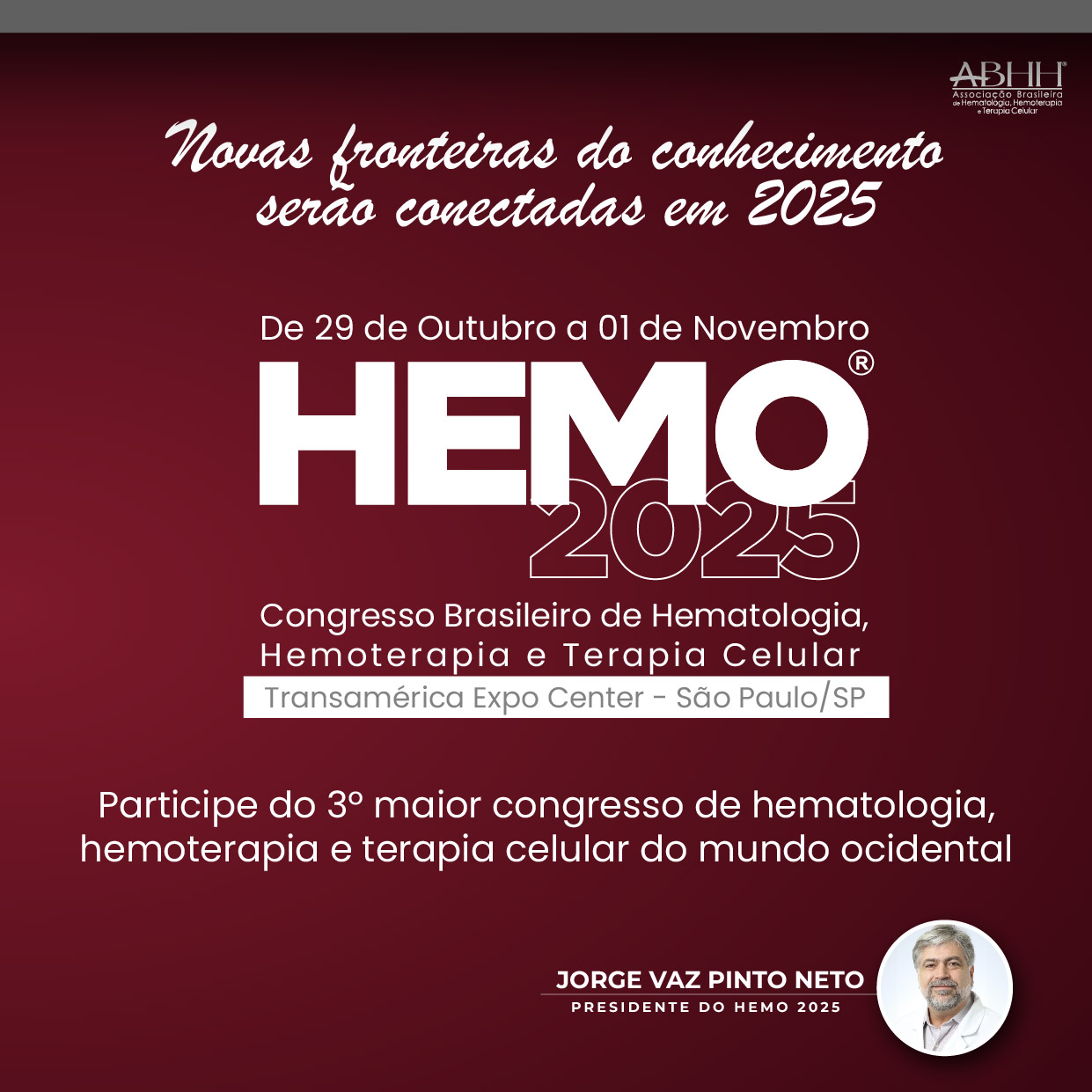
Expression of lymphoid markers (CD2, CD3, CD5, CD7) in Acute Myeloid Leukemia (AML) is an important prognostic factor that affects the clinical outcome of these patients. CD56 antigen is a NK cell marker that is expressed in several lymphohematopoietic neoplasms, including AML. The presence of CD56 antigen on blast cells can affect the duration of Complete Remission (CR), and is also associated with short overall survival and resistance to therapy. We studied a cohort of children diagnosed with AML treated from 2022‒2024 and assessed the association of CD56 expression with therapy outcomes.
MethodologyTo determine the frequency of CD56 by flow cytometry in children with AML and to study the prognostic significance of this marker. Materials and Methods: The study included 31 patients aged 0‒16 years diagnosed from January 2022 to December 2024. The study was conducted on a BD FACS CANTO flow cytometer using an 8-color panel of monoclonal antibodies. Marker expression on blast cells of more than 20% was considered positive.
ResultsСреThe total observation period was 31 months. The patients were divided into 3 age groups: 0‒5-years ‒ 5 (16%), 5‒10-years ‒ 12 (38.7%), 10‒16 years ‒ 14 (45%) patients, male ‒ 17 (54.8%), female ‒ 14 (45%). In the general observation group, 19 (62%) patients were in complete clinical and hematological remission, 10 (34%) patients had bone marrow relapse, 4% had resistance to therapy. In 7 (23%) cases, positive expression of CD56 was observed, of which 3 (9.6%) cases of AML with signs of maturation, 1 (3%) case of promyelocytic, 3 (9.6%) cases of myelomonoblastic leukemia. Among CD56 positive AML patients, mutations such as t(8;21)(q22;q22), ct(15;17), t(11q23), inv(16) were detected. Survival analysis was performed using the Kaplan-Meier method. The achievement of complete remission in response to induction chemotherapy between CD56-positive and CD56-negative groups was almost identical (85% and 81%). Relapse-free survival between CD56 positive and negative variants was significantly different (67% vs. 48%). Among children with AML with CD56-positive, higher relapse and mortality rates were observed than in the CD56-negative group (p < 0.05).
ConclusionWe consider CD56 expression as an independent prognostic factor. It is recommended to keep in mind that the presence of this marker is associated with some cytogenetic abnormalities. CD56 is a potential factor for poor prognosis in groups of children with AML and should be taken into account when stratifying risk groups.






